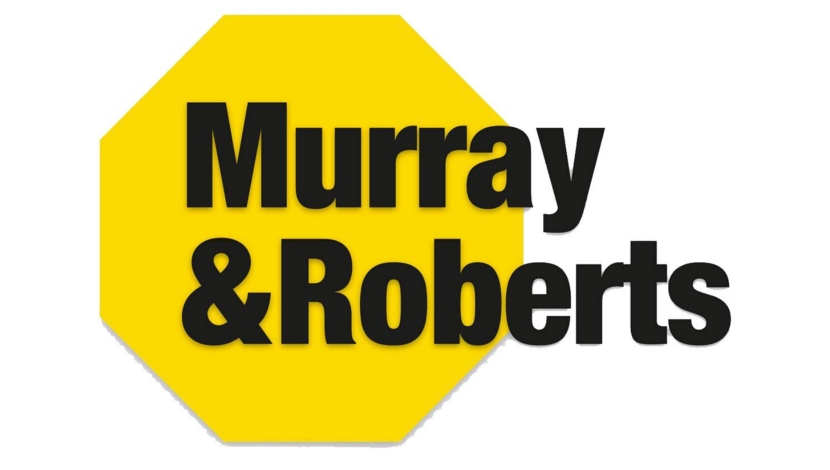
The Murray & Roberts Group is pioneering the latest developments in concrete technology in its ongoing effort to become a carbon neutral construction company. Research initiatives include long-term testing of geopolymer concrete at Transnet’s City Deep Container Terminal in Johannesburg, a contract undertaken by Murray & Roberts Infrastructure for client Transnet Capital Projects.
“We have been able to carry out an enormous amount of testing on these slabs,” Cyril Attwell, Murray & Roberts Construction, group concrete & research manager, says. “What we are doing is conducting trials for future applications of geopolymer concrete.”
Characteristics being investigated include durability and abrasion resistance. “The abrasion resistance is far higher than that of normal concrete because it does not use water as its critical mass,” Attwell says. He explains that geopolymer concrete refers to alkali-activated material. “The production of geopolymer concrete in civil construction projects is fairly recent.”
Murray & Roberts is also looking at the application of geopolymer concrete in mine infrastructure, with a current trial taking place at the Matla Brine Ponds project. However, one of the biggest potential applications of geopolymer concrete is to control nuclear radiation.”
Attwell says that research at the University of Sheffield, UK, used geopolymer concrete to neutralise the highly radioactive casings of nuclear fuel rods by binding the radioactive substances within the concrete material itself. This makes geopolymer concrete ideal for South Africa’s estimated R1 trillion nuclear-build programme.
On the City Deep project, Transnet Capital Projects stipulated that Murray & Roberts Infrastructure had to recycle the old concrete paving broken out of the site. About 86% of the old concrete pavements were broken up and reused, amounting to about 123,840 m3 of the total 144,000 m3 of concrete. This far exceeded the client’s requirements.
“We are currently designing a geopolymer concrete that can be cured by utilising carbon dioxide, with the added benefit of this material acting as a carbon sink as it traps the carbon dioxide in the geopolymeric form. This means the concrete becomes much stronger far more quickly,” Attwell says.
Other research initiatives include the development of a ‘coral concrete’ for marine environments. “We are looking at applying an electro chemical process to our marine concrete that removes carbon dioxide from the ocean and binds it with calcium oxide to form calcium carbonate or coral around any concrete structures. The growth achieved is about 5 cm a year, which works well to protect such structures against mechanical wave action and corrosion,” Attwell says.
Another focus area is Advanced Re-Crystallisation (ARC) technology, which refers to the optimisation of the arrangement of atoms and molecules in a solid and amorphous state with concrete. “At present Murray & Roberts is the only construction company applying ARC technology on a regular basis,” Attwell says.
More information from Murray & Roberts Infrastructure, Tel : +27(0)11 456 1000 /
www.construction.murrob.com
CONCRETE CENTRE OF EXCELLENCE PIC 02: Casting geopolymer concrete at Transnet’s City Deep Container Terminal in Johannesburg.





